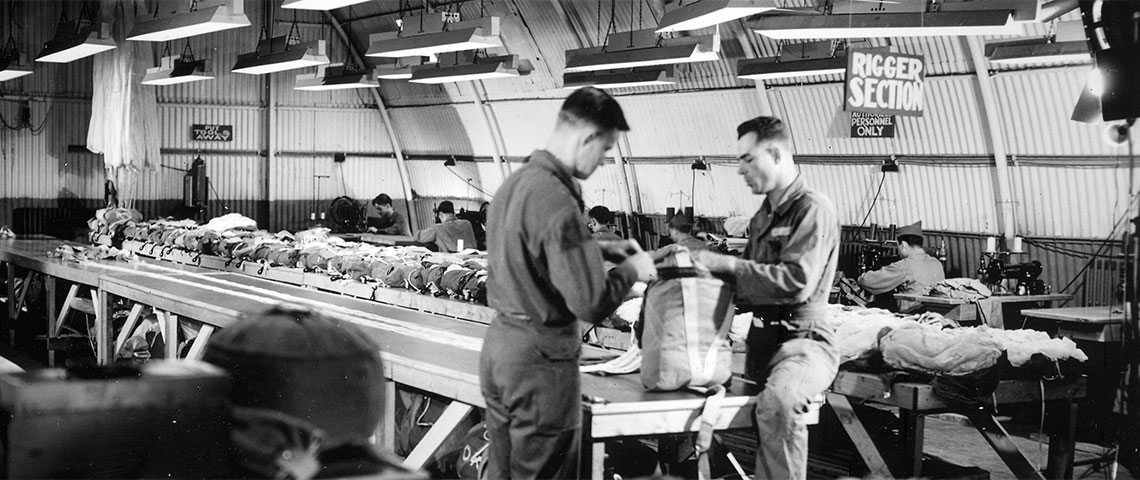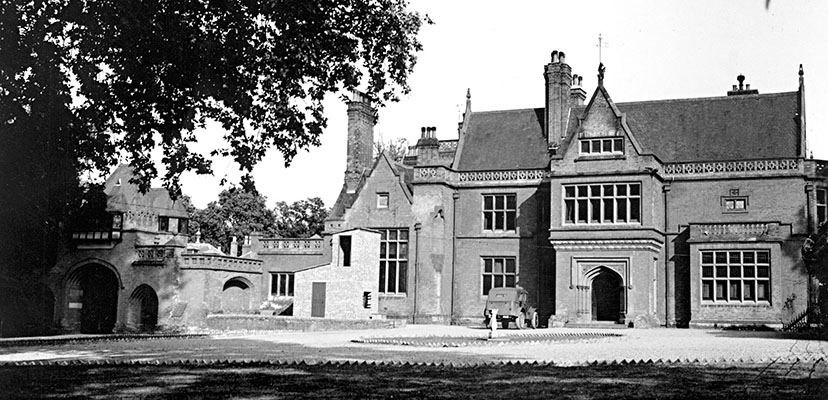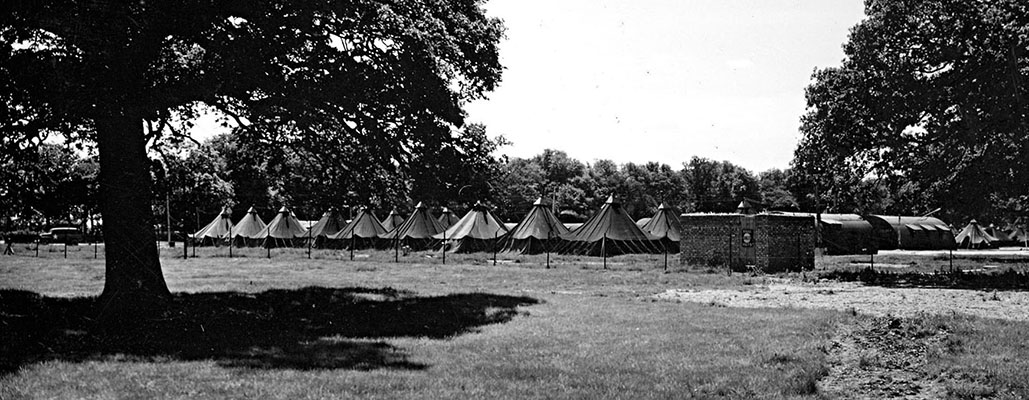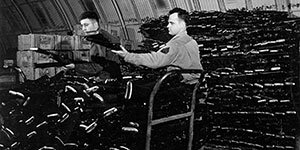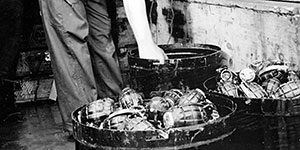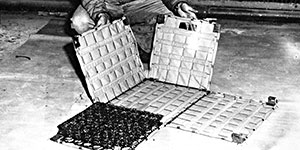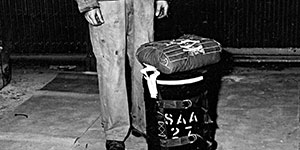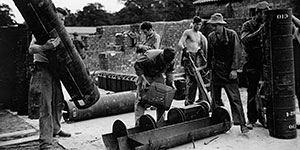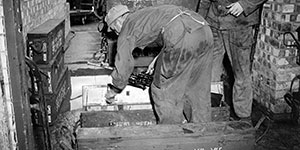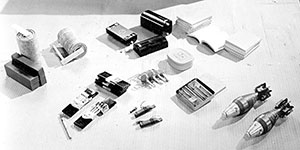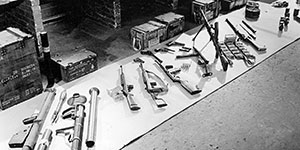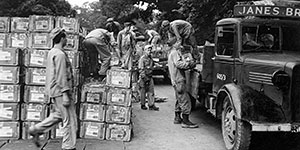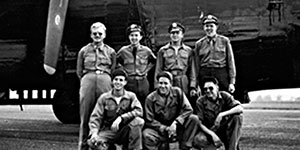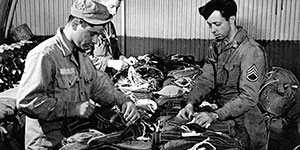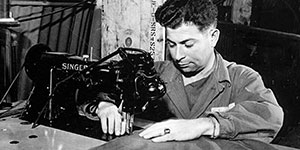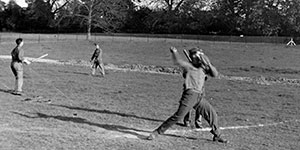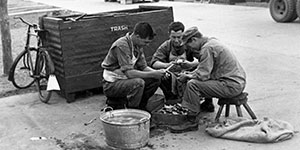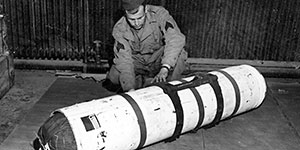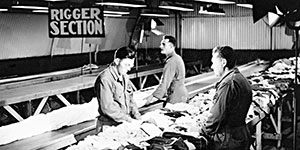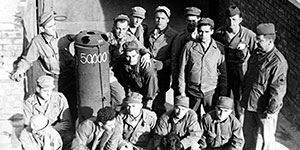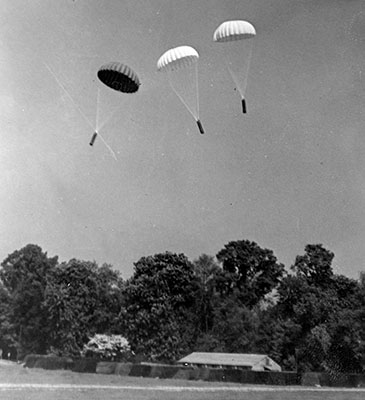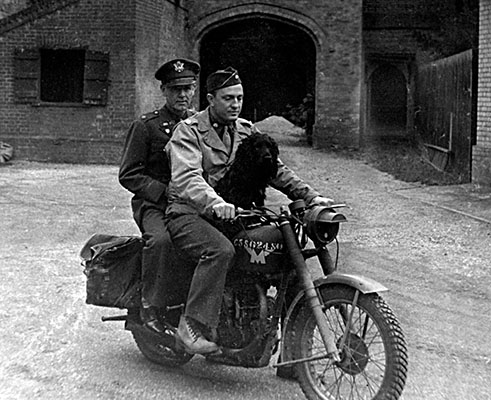SIDEBAR
DOWNLOAD
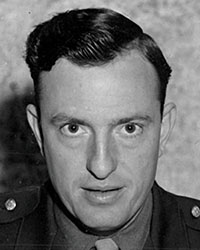
This article on OSS logistics was prompted by gaining access to Lieutenant Colonel Fitzhugh Chandler’s photo album, courtesy of his son, William Chandler. The logistics capability of the Office of Strategic Services (OSS) during World War II has rarely been studied. LTC Chandler was the commanding officer of OSS Area H in England, the facility that provided weapons and supplies to the French Resistance, as well as to OSS Operational Groups (OGs), Special Operations (SO), Jedburgh, and Secret Intelligence (SI) teams.1 Resupply was critical in helping those fighters waging a resistance war against German occupation. Without material support, these OSS teams could not have accomplished their missions. This article explains what was done at Area H, and how those supplies were delivered behind enemy lines.
On 26 June 1942, the OSS and its British equivalent, the Special Operations Executive (SOE), agreed to divide the world into regions in which one service would have primacy over the other.2 The SOE retained Western Europe, and it was decided that the OSS SO would operate there under general SOE supervision, but would retain its independence.3 By 14 January 1944, SO and SOE had combined their headquarters to enhance coordination.4 This arrangement facilitated an exchange of personnel between the two organizations.
While the British had excellent operational capabilities, they had been fighting since 1939 and lacked material. The fledgling SO branch had to build a supply chain in England to assist in the Allied liberation of Europe, as the SOE could not also support OSS operations. The first step was to get aircraft capable of clandestinely delivering supplies into occupied Europe. On 5 May 1943, the SO branch requested a bomber squadron to drop agents and supplies into German-occupied Europe from the U.S. Army Air Force (USAAF).5 Five months later, after considerable pressure from the OSS Director, Major General William Donovan, SO received its sixteen-plane squadron with the promise of another by the end of the year.6

The B-24 squadron commanded by Colonel Clifford Heflin had originally been formed for anti-submarine duty.7 Redesignated the 801st Bomb Group, but popularly known as “Carpetbaggers” [after their mission code name, Operation CARPETBAGGER], the 801st became the USAAF element that would conduct nighttime supply drops to resistance and special operations groups in German-occupied Europe. The first CARPETBAGGER missions were flown out of Royal Air Force (RAF) Tempsford in January 1944.8 The 801st aircrews were sent to RAF Tempsford to learn from SOE air teams and to be trained in clandestine supply operations. Then, after a short stint at Alconbury, the 801st moved its airbase to Harrington. There, the Carpetbaggers grew to four sixteen-plane squadrons with 2,500 airmen.9 On 13 August 1944, the 801st was redesignated the 492nd Bombardment Group, and its squadrons renamed: 36th to 856th, 406th to 858th, 850th to 857th, and 788th to 859th.10
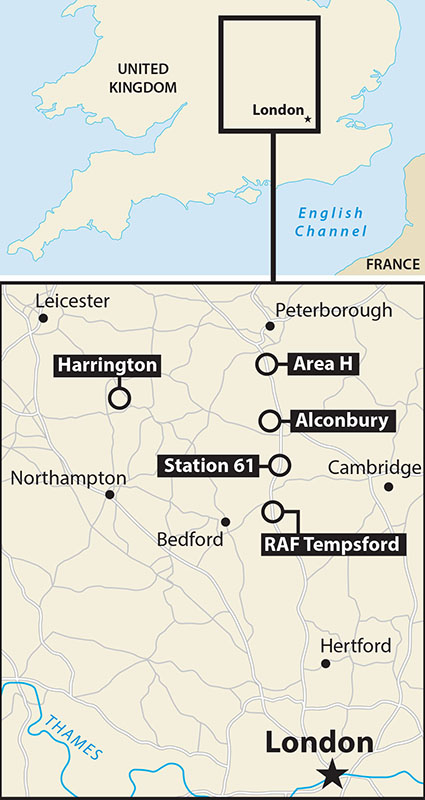
With airlift resolved, the OSS needed a logistics base in England where it could accumulate, store, and prepare items for airdrop into occupied Europe. A memo dated 6 July 1943 from Colonel Charles Vanderblue, the chief of OSS SO London, to OSS Headquarters, Washington DC, established the need for what would become OSS Area H. “It appears evident from the position of SOE and SO that the greatest contribution we can make is in the form of supplies. Therefore we should be guided in setting up our organization by that condition …”11 By early August 1943, OSS Washington tasked SO London to meet the logistics requirements of 100 agents, 35 Jedburgh teams, and 100,000 resistance fighters.12 Anticipating heavy losses during the drop process, SO reasoned that they should double what was estimated to arm a force of this size. That meant SO had to accumulate and store some 71,400 knives, nearly 104,000 sub-machineguns, 24,000 carbines, 104,000 pistols, 793,000 grenades, over 704,200 pounds of explosives, nearly 18 million rounds of ammunition, and 38,000 parachutes.13 SO London had to find a site quickly where these items could be stored and packed for air delivery.
